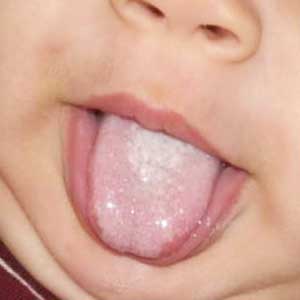
Breastfeeding
How to Relieve Breastfeeding Pain and Discomfort
Breastfeeding is the most natural thing in the world and is an integral part of ensuring that your baby experiences both physical and neural development. However, as is the case with most mothers, breastfeeding can be frustrating and even painful.
Sore nipples, for instance, are the most common complaint from breastfeeding mothers. Here are ways as to how you can prevent and gain relief from breastfeeding pain.
Newborn
When your baby is welcomed into the world, she is ready to start breastfeeding immediately, however, your nipples are not. That being said, your nipples will not be ready for the vigorous suckling as you might expect. As babies are born with strong mouth muscles, you will most likely experience soreness that will range from skin irritation around the nipple and pain.This soreness will get better over time.
Once your baby develops a good latch onto the breast, you won’t experience soreness after the first two weeks. During this stage, your goal should be to nurse often to make sure your nipples can accommodate regular milk supply. If nursing becomes unbearable, try pumping the milk and bottle feeding your baby until your breasts heal and then try breastfeeding again.
Improper latch
Latching is how your baby takes the nipple in her mouth. The ideal latch is where the lips of your baby are splayed open to take in as much areola as possible. As such, when your baby latches improperly, your nipple may rub against the baby’s mouth or get stretched or pulled causing pain and discomfort for you.
The best way to prevent an improper latch is to stroke the baby’s cheeks with the nipple until she opens her mouth wide. As she approaches the nipple, gently guide your babies head onto the nipple. You can also apply some pressure to the bottom lip to make it pop out. These basic tips can help you ensure that your baby has a good latch from the start.
Thrush
Thrush is a common term for fungal infection found in the breast and the baby’s mouth, which can be passed back and forth between the two. While it is normal in occurrence, in some cases, it can cause overgrowth of yeast that can be painful for you and your baby. It is generally indicated by a singeing, burning sensation in the breast and noticeable cream colored patches on the baby’s mouth.
You should seek medical attention for conditions like thrush and get anti-fungal medications to alleviate the symptoms. Make sure that you and your baby are treated at the same time. Some helpful remedies include:
- Decrease your sugar intake.
- Wash your hands as much as possible.
- Mix one tablespoon of vinegar with one cup of water and soak your nipples in it. Follow this by air drying your nipples and applying anti-fungal medication.
- If you are using antibiotics, use probiotics too. This maintains the healthy bacteria in the body.
- If you use nursing pads, regularly change them. If your bras and/or clothes get wet, change to dry ones.
Things to Remember
- Always consult a lactation consultant to ensure that your baby builds a proper latch.
- Use lanolin-based lotions and creams on nipples.
- Go braless if possible – the less irritation and more air your breasts get, the quicker you heal.
- Remember that sore nipples WILL occur in the first few weeks, so be prepared. If you can tolerate pain for a few days, you will find relief within a few weeks.



0 comments